do you know? In many countries, some ingredients are banned, but in other countries, you are free to consume them. This is because each country has established corresponding standards for the food itself, the quality of the food, or the form of packaging. You’ll find out in the list below where these foods are completely banned.
1. Shark Fin
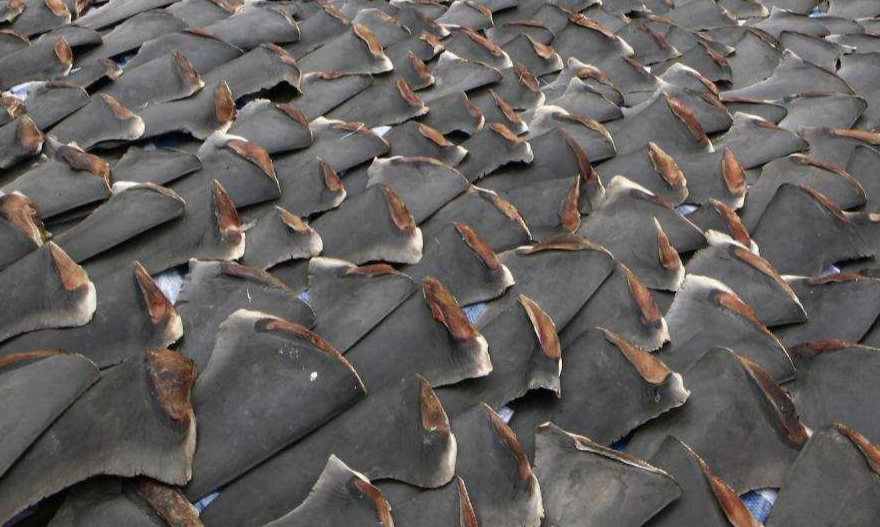
Studies have shown that with the rapid population growth, many shark species are threatened and may even face extinction. In Asia, shark fins are used to make soups, which are rich in nutrients, but this can cause serious ecological imbalances, so many countries have agreed to take measures to ban shark fins.
2. Fugu(pufferfish)
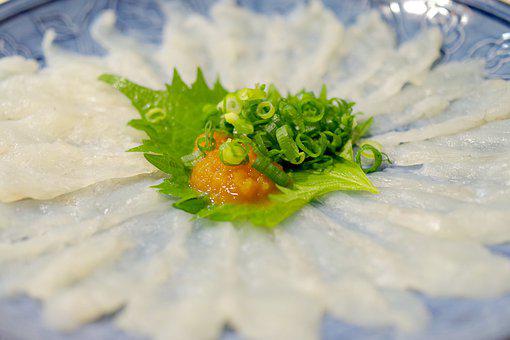
Fugu is a top Japanese delicacy because it is highly poisonous. So blowfish is banned in the US. Its liver, intestines, and ovaries contain tetrodotoxin, a deadly poison. Chefs who prepare this delicious dish must undergo up to three years of training and pass an assessment before obtaining a service license. Although highly toxic, this does not prevent it from being a very expensive food.
3. Sea bass
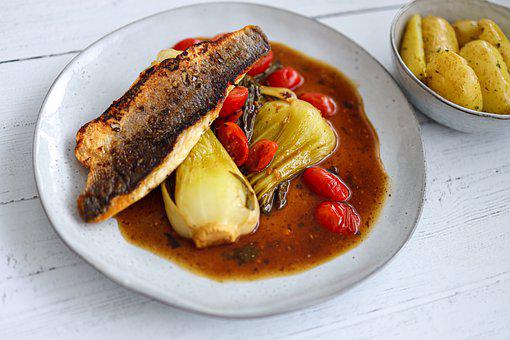
The sea bass species has started to decline rapidly, and the UK has agreed to a strict ban on the consumption of sea bass. You might think it might be popular in many other countries, but you probably won’t get them in the UK. The British hope that the number of basses will increase as soon as possible, so that the British can eat bass again, haha, funny.
4. Salmon
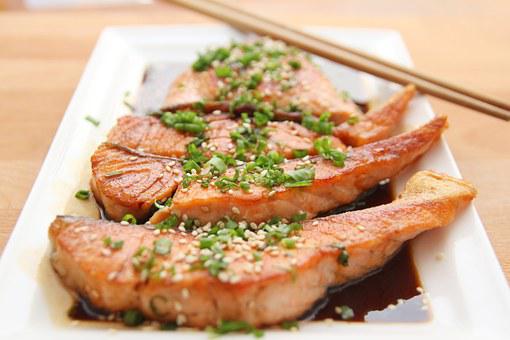
Salmon is very rich in vitamin D and other proteins and is also very popular around the world. But while reducing pollution, Australia and New Zealand have decided to ban the farming and sale of salmon.
5. Chewing gum

Remember that chewing gum is completely banned in Singapore. Are you surprised? The whole world thinks so, but in Singapore, it is normal because they prefer to keep the city clean and they think the best way to keep the city clean is to ban chewing gum. If you’re going to Singapore, don’t chew gum or you could face up to two years in jail and a $1,000 fine. Haha
6. Foie Gras
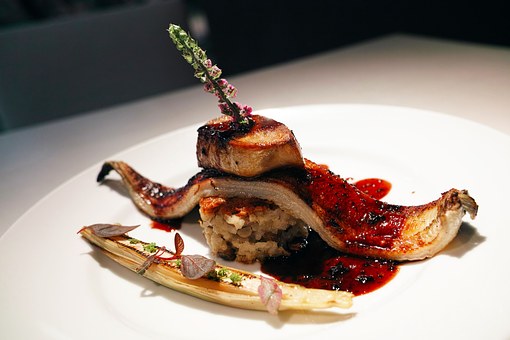
French cuisine is welcome all over the world, and if you’re in California, you can’t eat this delicious foie gras because it’s banned. Because they were cruelly treated while they were alive. Feeding them through a hose causes their kidneys to expand. California isn’t the only region where foie gras is strictly prohibited; Germany, Finland, Denmark, India, Norway, Italy, Poland, and many others are among them.
7. Raw milk

Let’s talk about the United States. For American consumers, raw milk is strictly prohibited. I guess you don’t know that raw milk has been banned in the United States for 30 years. The CDC (Centers for Disease Control and Prevention) and AMA (American Medical Association) strictly prohibit the consumption of unpasteurized milk as it may contain foodborne illnesses. But interestingly, in countries like Switzerland, you can buy raw milk in vending machines. Haha, isn’t that funny?
8. Samosa
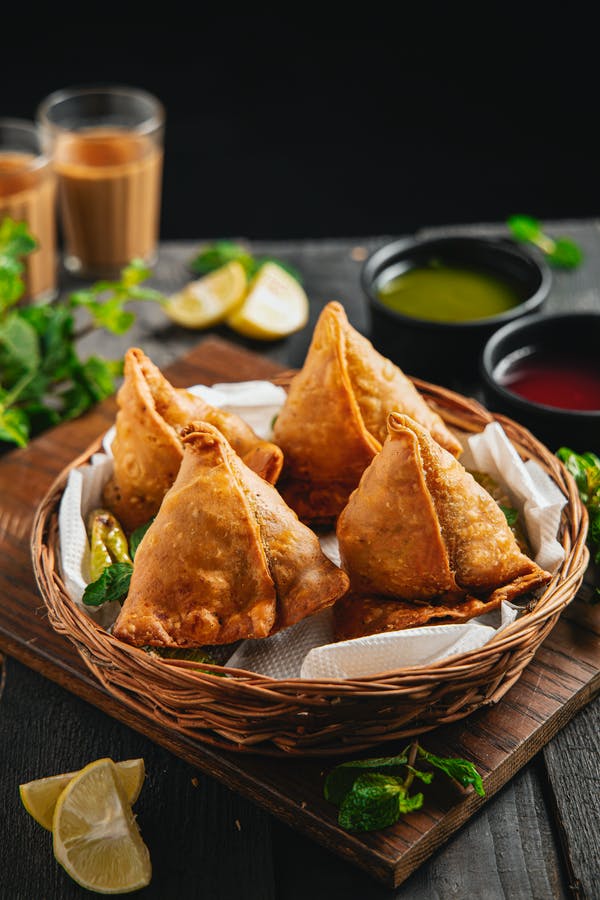
Samosa is unfortunately banned in one country for religious reasons. Christianity is so widespread in Somalia that Samosa is strictly prohibited. Samosa is very famous on the African continent and in India, if you are in Somalia, I’m sorry, I’m afraid you can’t eat it, you have to go somewhere else if you want to eat it.
9. Casu Marzu
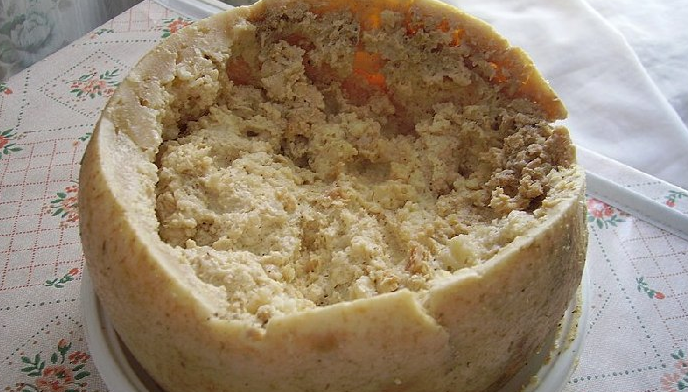
do you know? Italians are very good at naming ingredients, even if it means eating cheese full of fly larvae. Sounds kind of scary. Casu Marzu comes from Sardinia and is made by re-adding fly larvae to a slice of hard cheese. According to cheese connoisseurs, people should eat the fly before it dies. It sounds weird and disgusting to a lot of people, but it’s just popular. But it’s illegal in the US.



